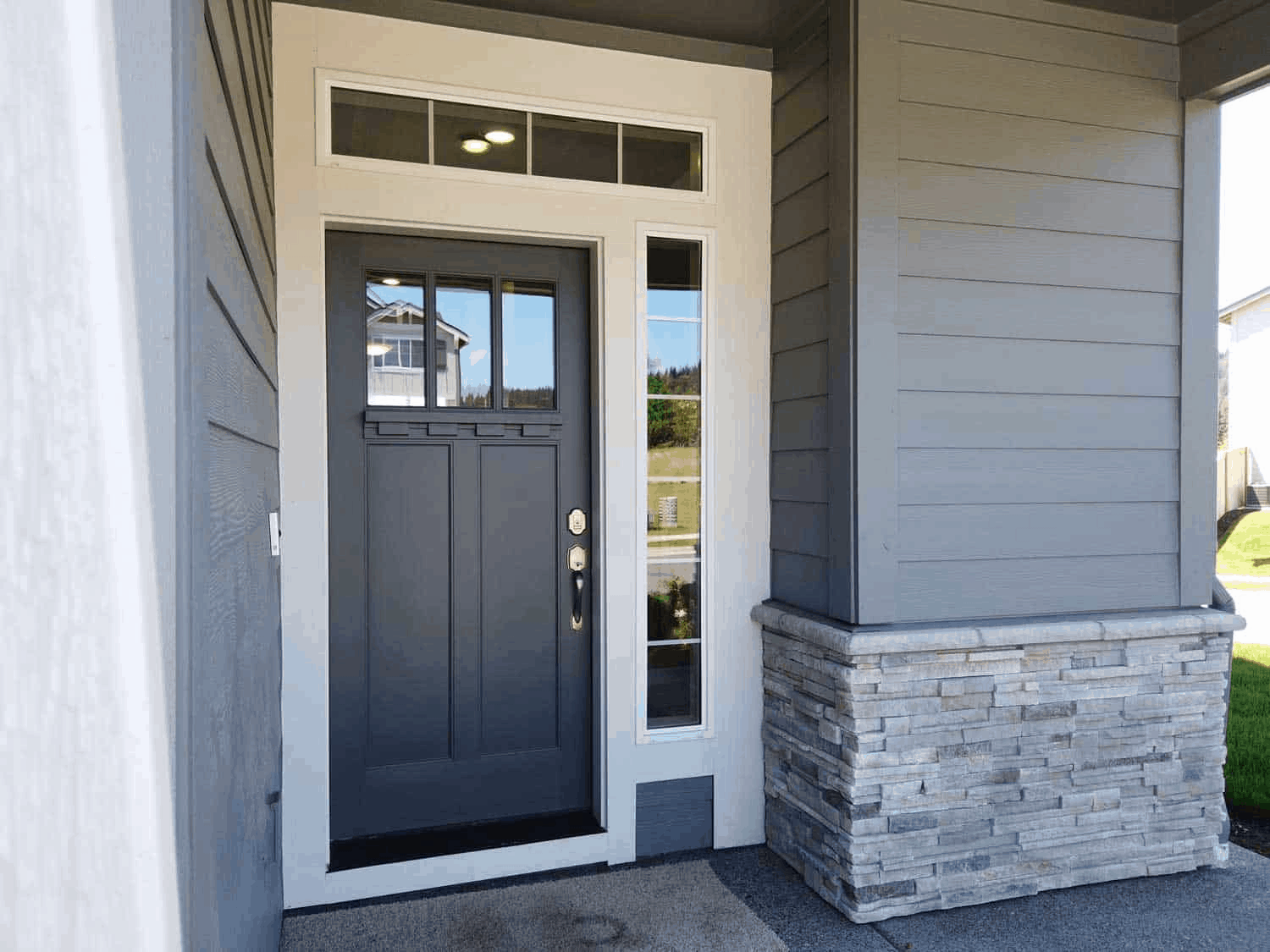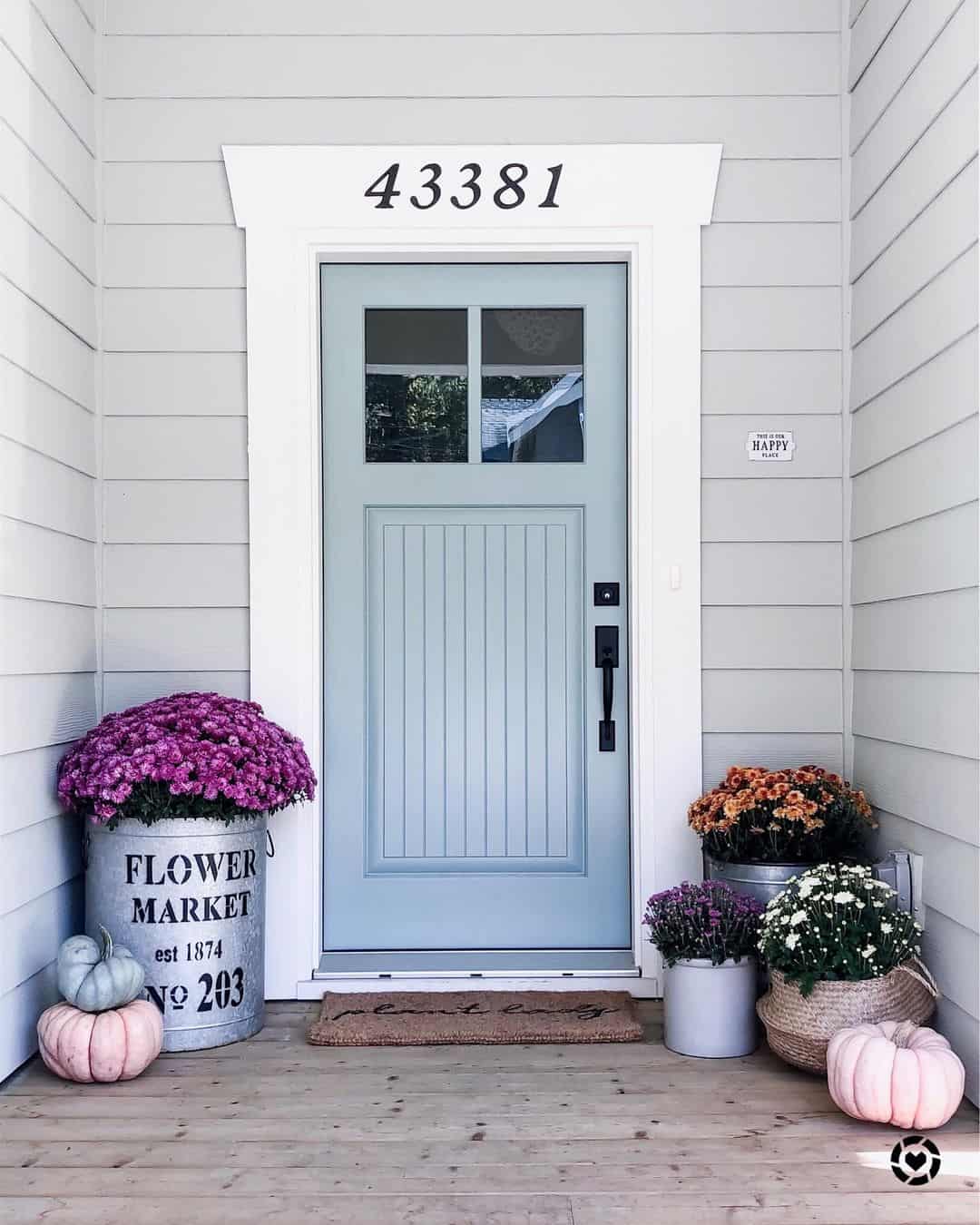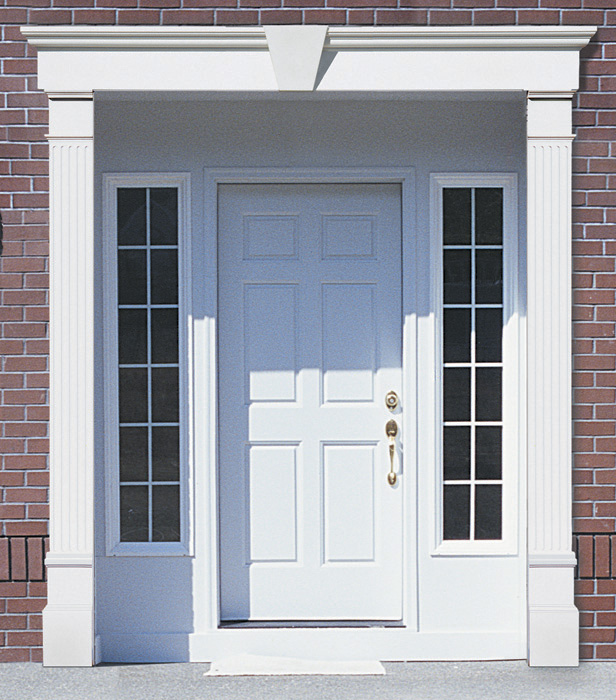When it comes to enhancing the exterior of your home, decorative door trim can make a significant difference. Not only does it serve a functional purpose, but it can also add a layer of style and sophistication to your entryways. Having spent years experimenting with different designs and materials, I can attest to the transformative power of trim on exterior doors. In this article, we’ll delve deep into decorative door trim, its benefits, types, installation tips, and much more.
What is Decorative Door Trim?
Decorative door trim refers to the decorative elements that are added around the door framing. It can include various styles, materials, and finishes, ensuring that every homeowner can find an option that fits their aesthetic and functional needs.
The Importance of Decorative Door Trim
The decorative trim does more than just look pretty; it serves several important functions:
- Aesthetic Enhancement: A well-chosen trim can dramatically improve your home’s visual appeal.
- Value Addition: Decorative trim can increase the overall value of your property.
- Protection: It helps protect the door frame from deterioration due to weather conditions.
Types of Decorative Door Trim
There are several types of decorative door trim available, allowing you to customize your entryway according to your style preferences.
1. Wood Trim
Wood trim is a classic choice for decorative door frames. It can be stained or painted to match your home’s exterior colors.
Pros and Cons of Wood Trim
| Pros | Cons |
|---|---|
| Natural beauty | Can rot over time if not treated |
| Easy to customize | Requires regular maintenance |

2. PVC Trim
PVC (polyvinyl chloride) trim is gaining popularity due to its durability and resistance to moisture.
Pros and Cons of PVC Trim
| Pros | Cons |
|---|---|
| Low maintenance | Less natural look than wood |
| Resistant to rot | Can be more expensive upfront |

3. Composite Trim
Composite trim is made from a blend of wood fibers and plastic, making it a strong and versatile option.
Pros and Cons of Composite Trim
| Pros | Cons |
|---|---|
| Environmentally friendly | Can be heavier than other materials |
| Durable and resistant to wear | May require special tools for cutting |

Factors to Consider When Choosing Door Trim
Choosing the right decorative door trim involves several considerations:
1. Style of Your Home
Consider the architectural style of your home. A Victorian house may benefit from ornate trim, while a modern home might look best with sleek lines.
2. Weather Resistance
Depending on where you live, the choice of material may vary. Homes in humid or rainy regions may require moisture-resistant materials like PVC or composite.

3. Maintenance Requirements
Some materials require more upkeep than others. If low maintenance is a priority, consider PVC or composite options.
4. Budget
Evaluate your budget carefully. While wood can be cheaper upfront, its maintenance costs should be considered in the long run.

Installation of Decorative Door Trim
Installing decorative door trim can be a DIY project or a job for a professional. Here’s a simple guide if you decide to take the DIY route:
Tools You Will Need
- Miter saw
- Nail gun or hammer
- Measuring tape
- Wood glue (if applicable)
- Level
- Paint or stain (if desired)

Step-by-Step Installation Guide
- Measure the door frame to determine the length of trim needed.
- Cut the trim pieces at a 45-degree angle for mitered corners.
- Attach the trim around the door frame using a nail gun or hammer.
- Fill any gaps or nail holes with wood filler for a smooth finish.
- Finish with paint or stain as desired.
Combining Decorative Trim with Other Features
Decorative door trim can work beautifully with other exterior elements. Consider the following:

1. Landscaping
Complement your door trim with well-maintained landscaping. Flowers, shrubs, and trees can enhance the overall look.
2. Lighting
Outdoor lighting fixtures can draw attention to your beautifully trimmed door. Consider sconces or lanterns on either side of the entrance.
3. Door Styles
Choosing the right door style to match your trim is crucial. A rustic wooden door pairs wonderfully with classic wood trim, while a sleek glass door may look best with minimalistic trim.
FAQs about Decorative Door Trim
What materials are best for exterior door trim?
Common materials include wood, PVC, and composite, each offering distinct advantages depending on your specific needs.
How do I maintain my decorative door trim?
Maintenance will vary by material; typically, wood requires regular painting or staining while PVC and composite trims are low maintenance.
Can I install decorative door trim myself?
Yes, with the right tools and a bit of patience, it’s possible to install decorative door trim yourself!
How do I choose the right style of trim for my home?
Consider the architectural style of your home and aim for a trim style that complements it—classic for traditional houses and sleek for modern designs.
Conclusion
Decorative door trim serves as a stylish, functional addition to your home’s exterior. Whether you choose wood, PVC, or composite materials, the right trim can elevate your entryway and reflect your personal style. As I learned through my own experiences, taking the time to choose the right trim can truly transform your home’s curb appeal. So roll up your sleeves, get inspired, and start planning your beautiful door trim today!